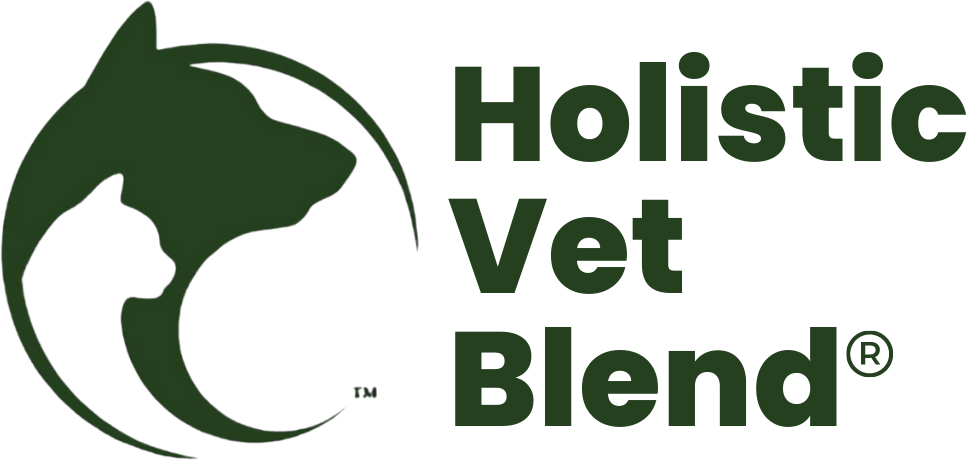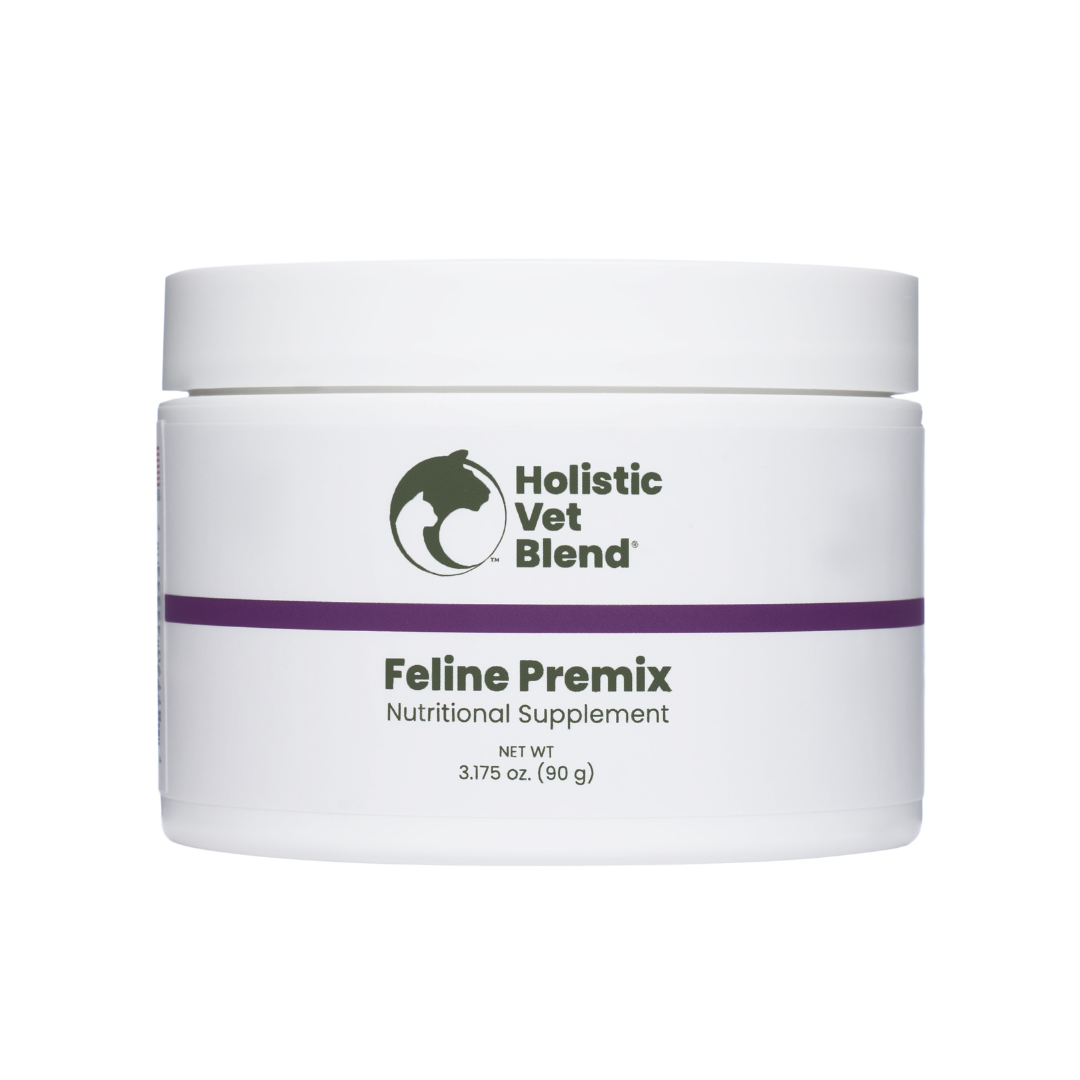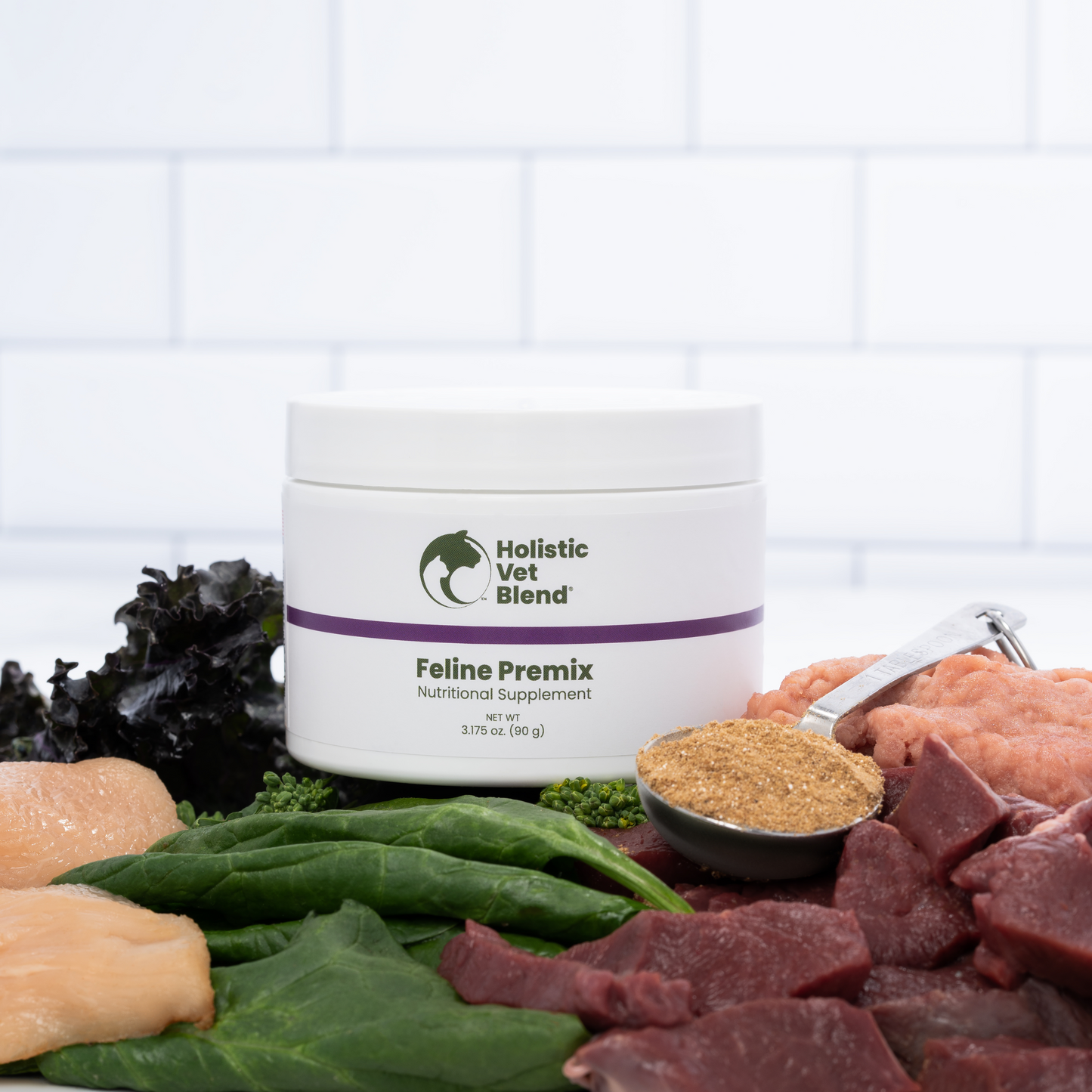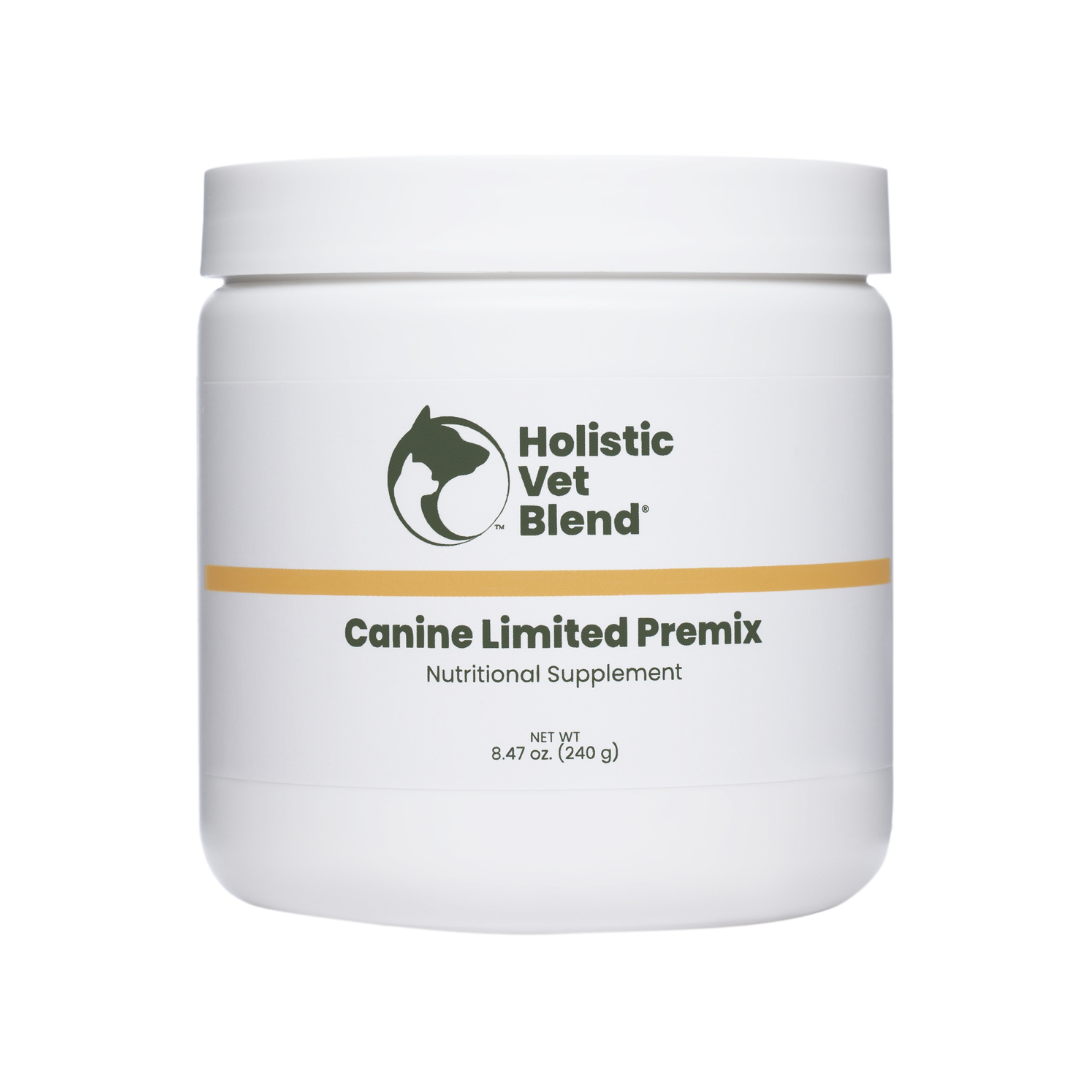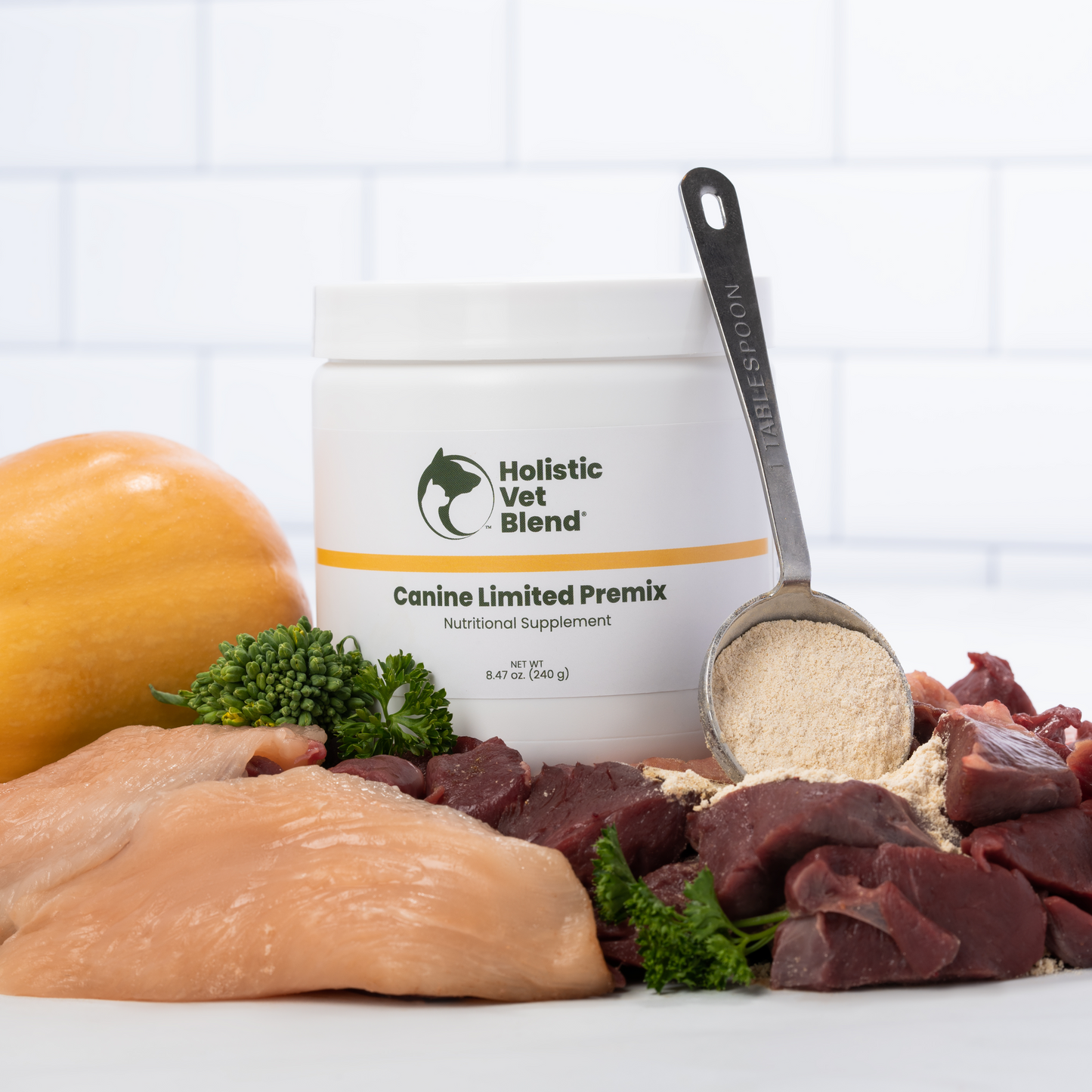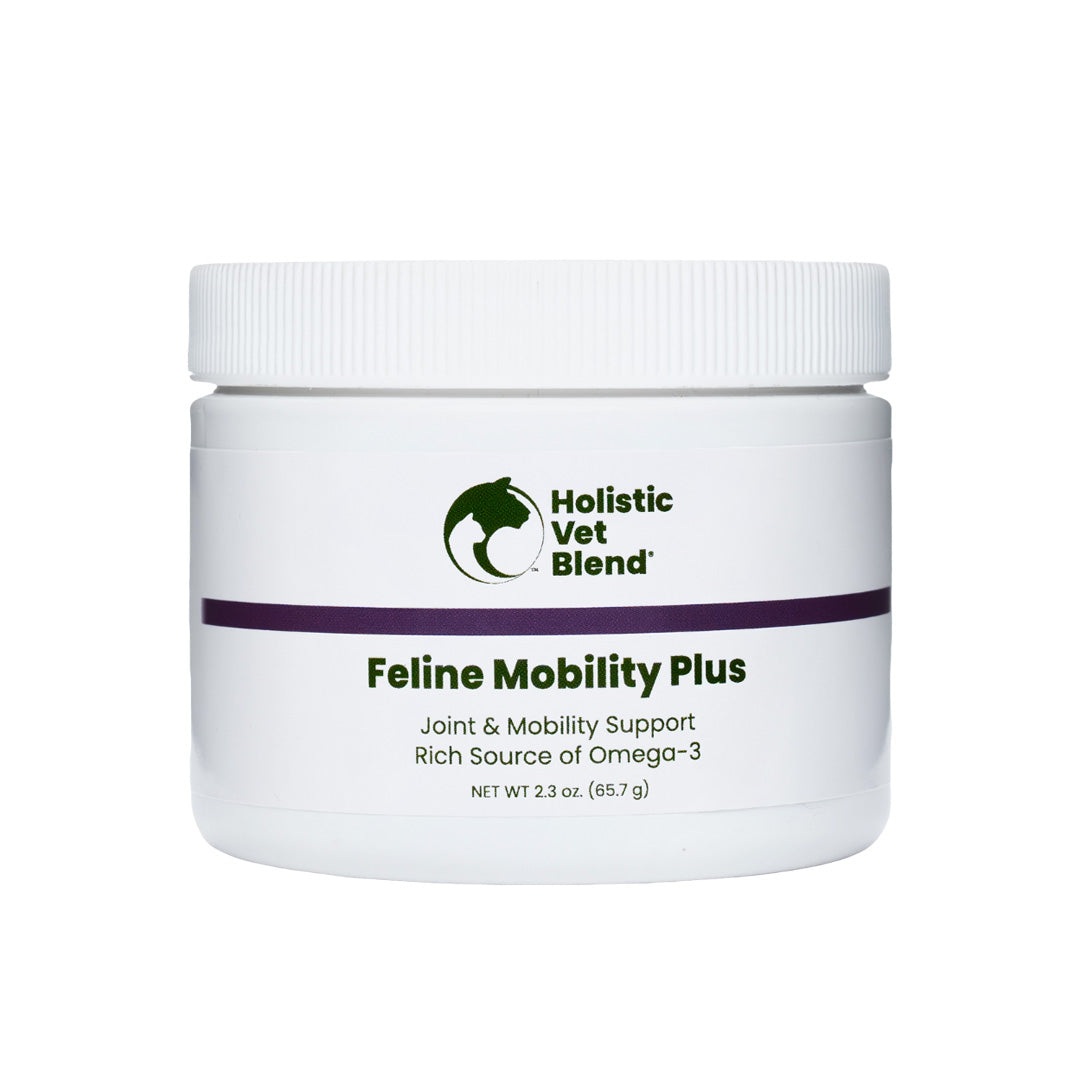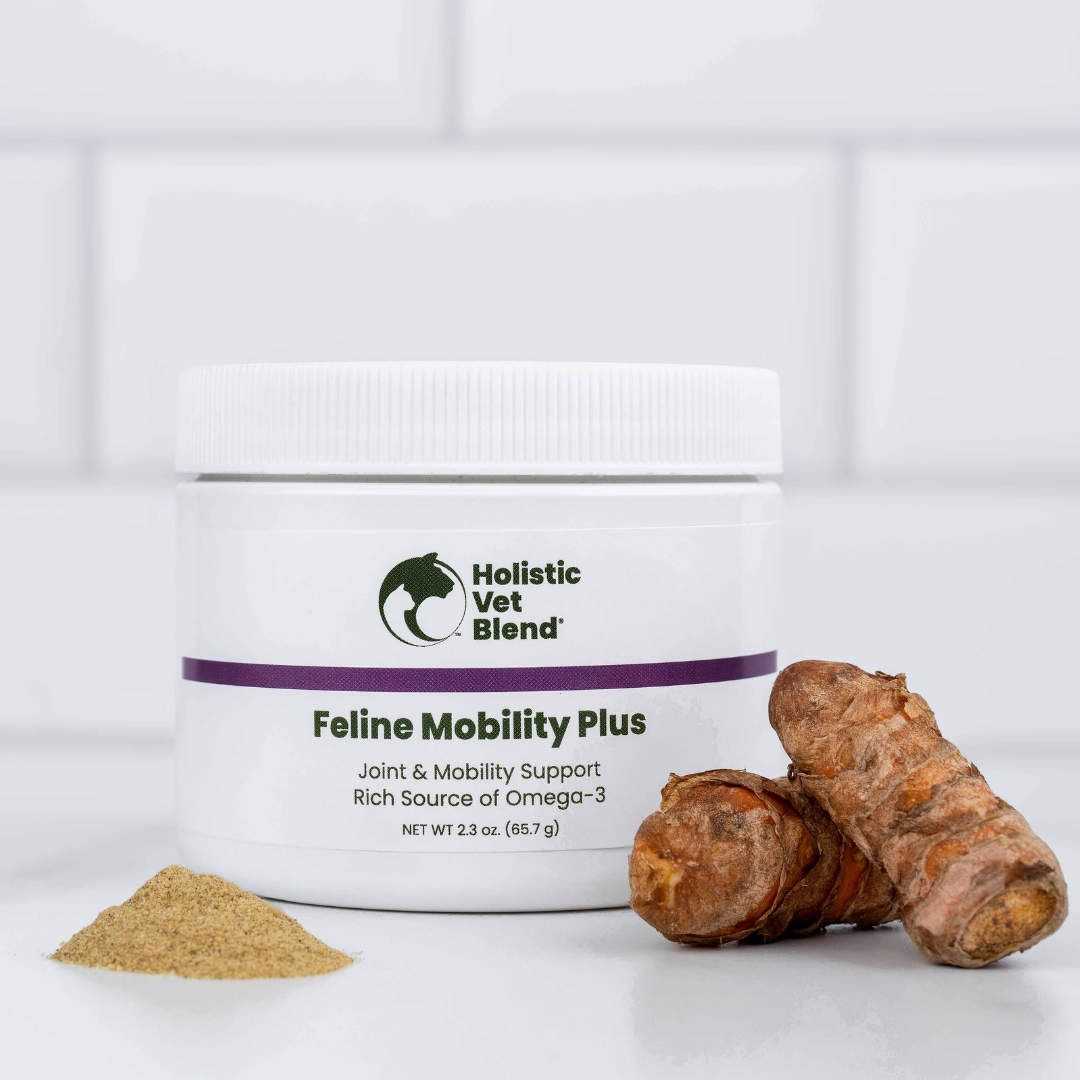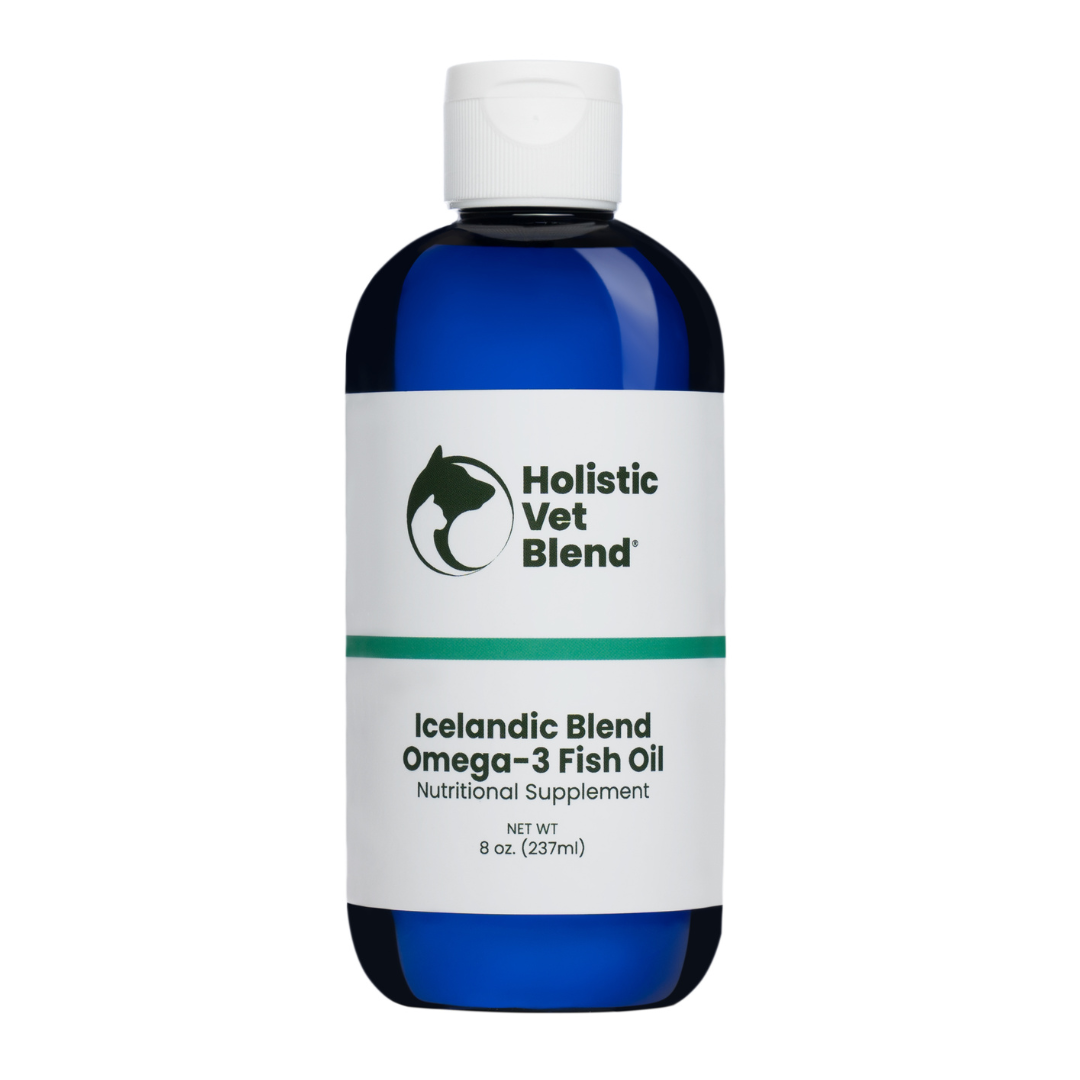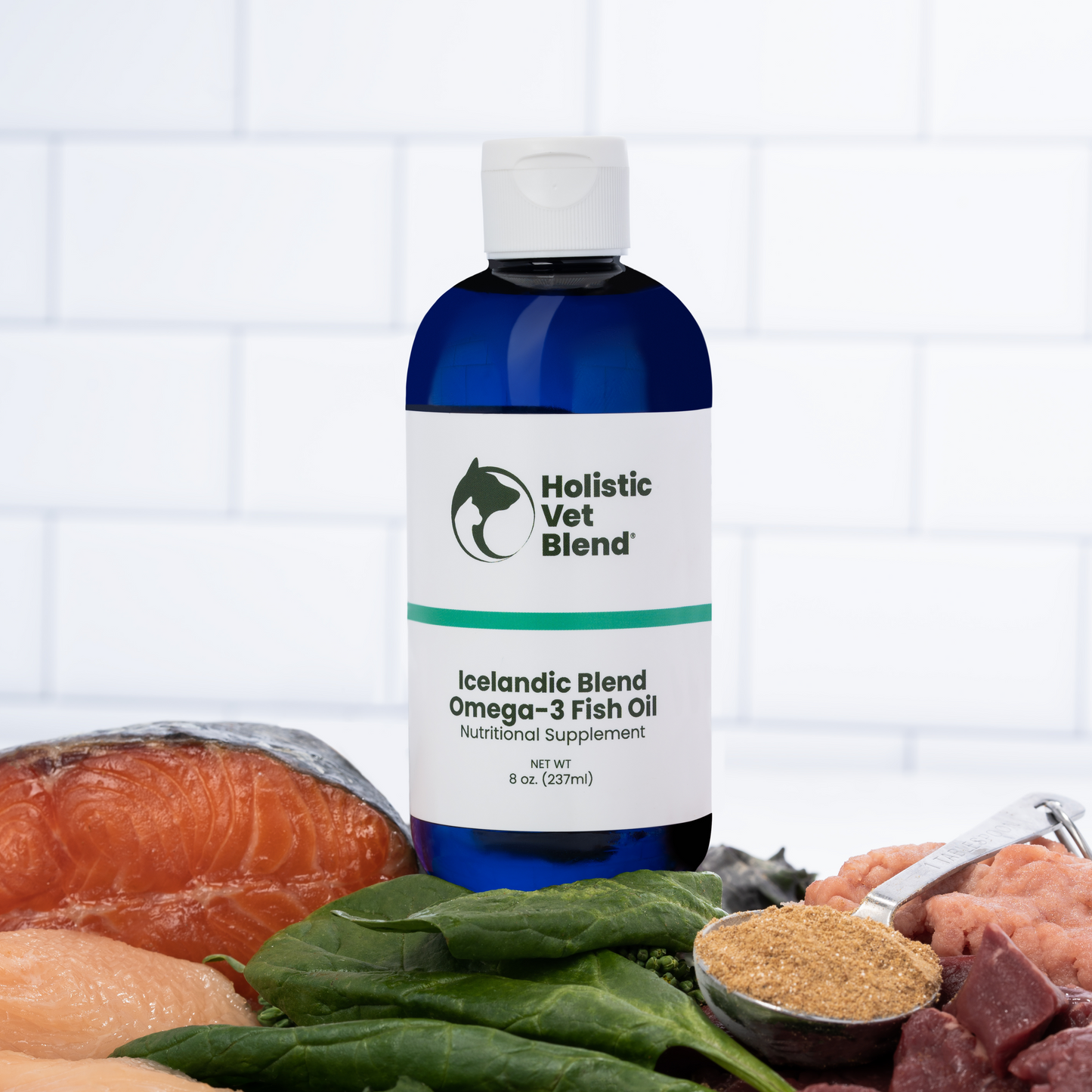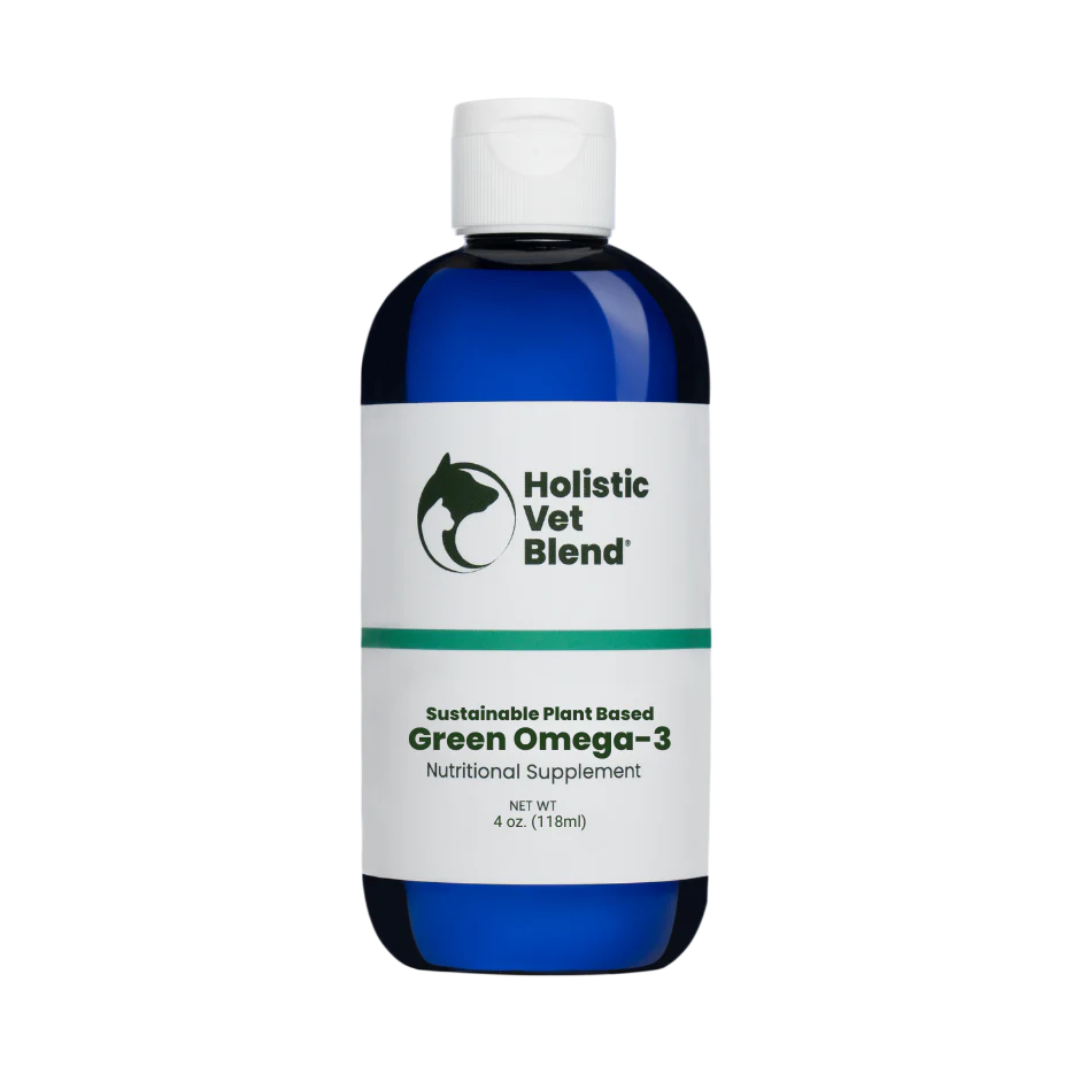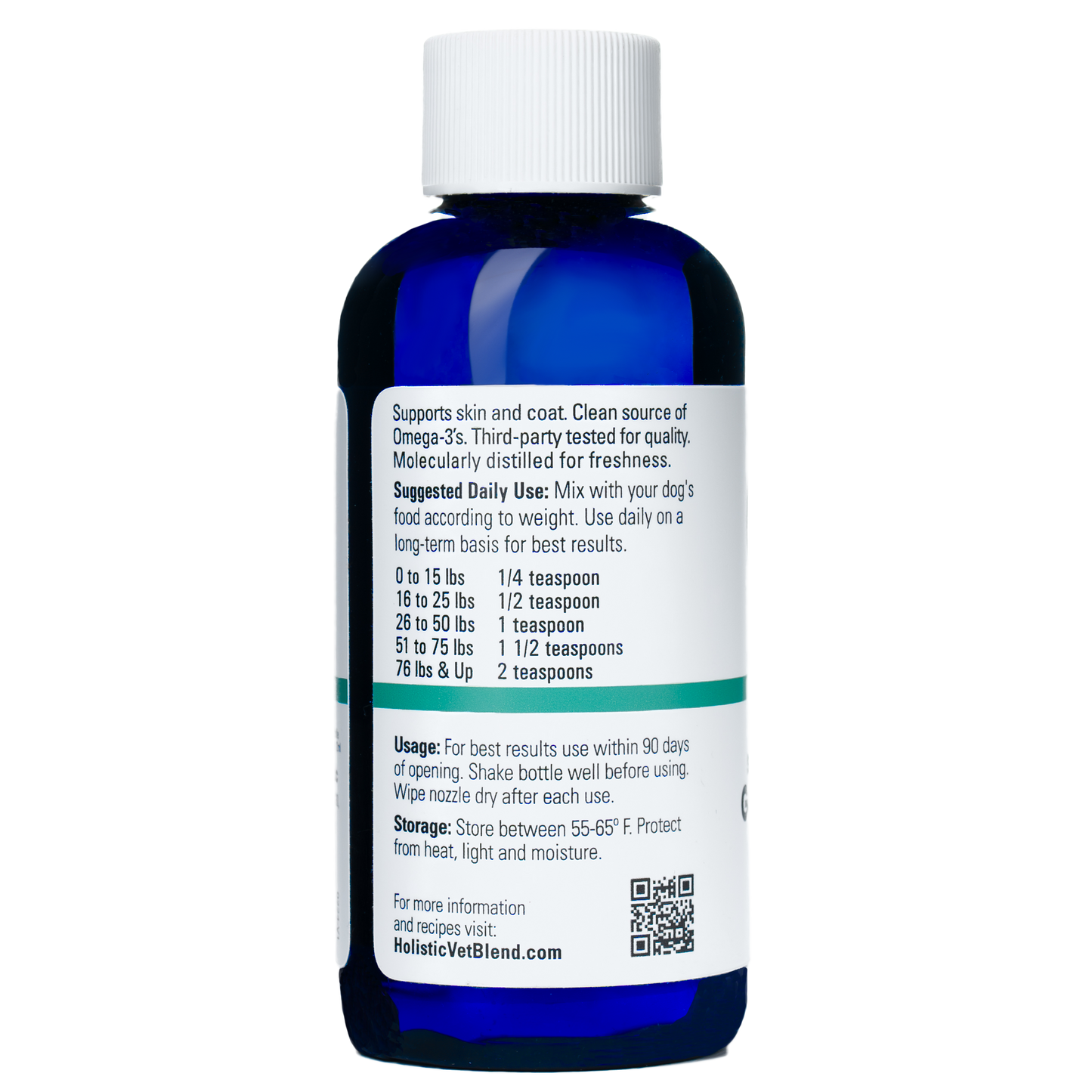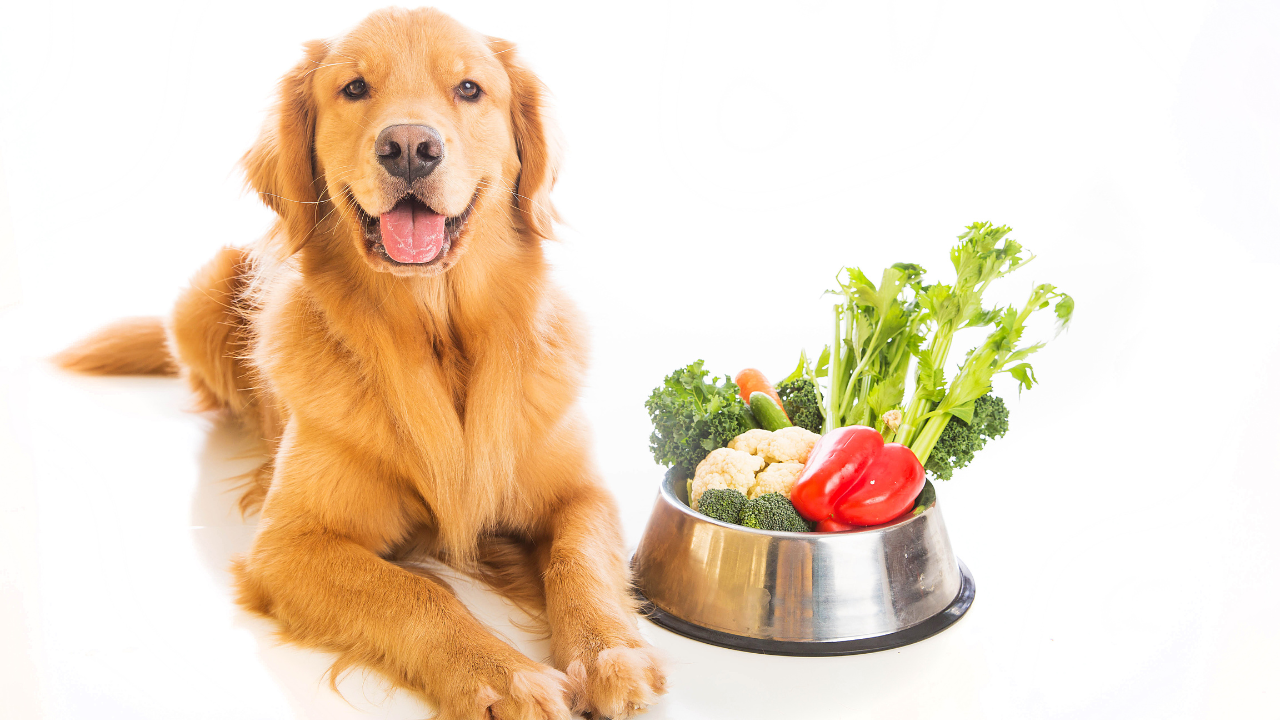
Key Highlights
- Meat should be the central part of a dog’s diet, but vegetables can add a healthy boost.
- Not all vegetables are safe for dogs; some can be harmful and should be avoided.
- Vegetables can provide benefits as they contain antioxidants and other beneficial nutrients.
Introduction
Like ours, a dog or cat's diet must be balanced to keep them healthy. Meat should be the central part of their food. Cats, however, are obligate carnivores, and the addition of vegetables can provide benefits so long as they are fed primarily a high protein moist diet. Veggies bring important vitamins, minerals, and antioxidants. These nutrients help improve the immune system and contribute to overall health in many ways.
Benefits of Vegetables for Dogs and Cats
When prepared correctly, vegetables offer numerous health benefits:
- Powerful natural antioxidants, value added to a carnivore's diet
- An excellent source of vitamins and minerals.
- Healthy fiber for glucose regulation
- Support a healthy microbiome.
- Promote regular bowel movements.
- Increased feeling of satiety
- Improved hydration by holding water in the digestive tract
- Contain cancer inhibiting nutrients such as sulforaphane, lycopene, carotenoids, and Beta-glucan
Greens for Cats
While cats are obligate carnivores, small amounts of certain greens can be beneficial:
- Cat grass (wheatgrass, barley, or oats)
- Parsley (in small amounts)
- Spinach (in small quantities if no kidney issues)
These greens can provide additional fiber and nutrients to a cat's diet when finely chopped or pureed.
Safe Vegetables for Dogs to Enjoy
Here is a list of vegetables that are safe for your dog. They can enjoy these as an occasional treat or mixed into their usual meals.
Carrots: A Crunchy Treat for Dental Health
Carrots are high in beta-carotene and fiber, and they are great for dental health when served raw and crunchy. They will pass in pieces undigested if cooked. Cooked and pureed, they're easier to digest and still provide valuable nutrients.
Green Beans: Low-Calorie and Filling
Green beans and green peas are a great addition to your dog’s diet. They are low in calories and chock full of beneficial vitamins such as A, C, and K, fiber, and manganese. The fiber in green beans and green peas helps your dog's digestion and makes them feel full. This is helpful if your dog is trying to lose weight.
You can serve green beans to your pet in these ways:
- Raw: Wash the beans well and cut them into small pieces to make them easier to chew and swallow.
- Steamed: Lightly steam the green beans until they are tender-crisp and easy to eat.
- Steam them in bone broth for flavor: just be sure the broth is low in salt. Cats should not have onions or garlic to flavor broth. Learn more here
- Canned low salt green beans: Use plain, unsalted canned green beans and drain the liquid before adding them to your dog's food.
Broccoli
Broccoli, a cruciferous vegetable, is a powerhouse of nutrients for your canine companion. Rich in vitamin C and fiber, it supports your dog's immune system and digestive health. Broccoli florets can be a great addition to your dog's meals when served in moderation and chopped into small pieces. However, avoid large amounts as they can cause stomach upset. Broccoli is a healthy snack but be cautious with the quantity to prevent any digestive issues. Consider broccoli as an occasional treat to maintain a balanced diet for your furry friend.
Sweet Potatoes: A Vitamin-Rich Comfort Food
Sweet Potatoes: Rich in vitamins A, B6, and C, and fiber. When cooked and mashed, sweet potatoes are a nutritious addition to a dog's diet. , promoting a healthy nervous system. Feed in moderation as this complex carbohydrate contains more sugar than the other vegetables. This is relevant for dogs that are overweight or have diabetes. I would not recommend them for cats.
Pumpkin: Great for Digestion
Pumpkin is a superfood that is full of nutrients. It has few calories and is high in fiber. It also has many vitamins and minerals that help with digestion. Veterinarians often suggest it as a natural treatment for dogs that have diarrhea or constipation. This is because its soluble fiber adds bulk to their stool.
Additionally, pumpkin has high water content, which helps keep pets hydrated, especially in hot weather. It is also rich in beta-carotene, which is good for healthy skin and vision.
Just make sure to pick plain, canned pumpkin. Avoid pumpkin pie filling with added sugars or spices.
Safe Mushroom Varieties for Pets
Store-bought mushrooms such as button, cremini, portobello, shiitake, and oyster mushrooms are safe when cooked properly. Wild mushrooms should always be avoided due to the risk of toxicity
Mushrooms can offer several health benefits for pets. They should always be cooked before feeding as this breaks down the tough chitin in their cell walls making them easier to digest. It also breaks down substances that can be problematic for digestion.
- Nutrients: Rich in B vitamins (like riboflavin and niacin), selenium, potassium, and antioxidants that support immune function and overall health.
- Immune Support: Contain compounds like polysaccharides and beta-glucans that can enhance immune system activity.
- Gut Health: Provide prebiotics that promote healthy gut bacteria.
- Low-Calorie Option: Mushrooms are low in calories, and are nutritionally dense, having multiple benefits.
Celery for Dogs That Love That Crunch!
Celery is a fantastic addition to your dog's diet. Rich in vitamins and nutrients, celery provides a healthy crunch that dogs love. It is a great source of vitamins A, B, and C, benefiting your dog's immune system and overall health. When preparing celery as a perfect snack for your canine companion, remember to cut it into small, manageable pieces to prevent any choking hazards. Celery also offers a high water content, aiding in digestion and promoting hydration.
Cauliflower
Cauliflower, a cruciferous vegetable, is a great addition to your dog’s diet. Rich in vitamins C and K, it supports a healthy immune system and aids in blood clotting. When served in small pieces, it provides a crunchy snack that promotes dental health. However, too much cauliflower can lead to stomach upset due to its fiber content. and may result in serious digestive issues like intestinal blockage. Including cauliflower in moderation as an occasional treat ensures it benefits your dog's health without causing any digestive issues problems.
Asparagus Tips
Asparagus can be a safe treat for dogs when cooked (boiled or steamed) and cut into small pieces to prevent choking, but it should be given in moderation due to its high fiber content to avoid potential digestive issues.
Kale
Kale contains numerous beneficial nutrients. It should not be fed to dogs or cats with a history of oxalate crystals or stones. It is an internet rumor that it causes anemia in cats. This is a myth, however it can cause a type of anemia in ruminants (cows, sheep and goats). Learn more here
Zucchini
Zucchini, a versatile vegetable, can be a great addition to your dog's diet. Rich in vitamins C and K, zucchini supports your dog's immune system and helps with blood clotting. Being low in calories and high in water content, it aids in digestion and contributes to a balanced diet for your furry friend. To include zucchini in your dog's meals, ensure it is cooked and served in small, manageable pieces to prevent any choking hazards or digestive issues.
Brussels Sprouts
Brussels sprouts, a member of the cruciferous vegetable family, offer excellent nutritional value for your canine companion. Packed with vitamins C and K, they support your dog's immune system and aid in blood clotting. When preparing Brussels sprouts for your dog, ensure they are cooked thoroughly to avoid any digestive issues. Remember to chop them into small, manageable pieces to prevent choking hazards. Including Brussels sprouts in moderation as part of their diet can be a healthy addition to promote overall well-being.
Cabbage
Cabbage is a low-calorie vegetable option for dogs, rich in fiber and beneficial nutrients. This leafy green contains vitamins C and K, promoting a healthy heart and aiding in blood clotting. It can be a great addition to your canine companion's diet as part of your dog’s balanced diet, supporting their digestive health and immune system. When introducing cabbage to your dog, ensure it is served in small, manageable pieces to prevent choking hazards. Including cabbage in moderation and as part of their balanced diet can be a tasty treat for your furry friend.
Spinach
Spinach, packed with vitamins and minerals, is a superb addition to your dog’s diet. This leafy green is a great source of vitamin C, crucial for a healthy immune system. However, spinach contains oxalic acid, so offering it occasionally in small amounts is a good idea. Too much spinach can lead to upset stomach, kidney issues, or even bladder stones. When fed in moderation, spinach can benefit your dog's health, providing essential nutrients for a balanced diet. Consider spinach as a tasty and nutritious treat for your canine companion.
Bell Peppers
Bell Peppers: Bell peppers are safe for your canine companion, packed with essential vitamins. These colorful veggies provide a good source of vitamin C, benefiting your dog's immune system and overall health. When offering bell peppers to your dog, ensure they are served in small pieces to avoid any choking hazards. , similar to how you would handle orange peel. The high water content in bell peppers can help with digestion and prevent stomach upset. Remember, moderation is key – too many bell peppers can lead to gastrointestinal issues.
Cucumbers: Perfect for Weight Management
Cucumbers are a crunchy and low-calorie snack for dogs. They have a lot of water, which is a great way for hydration. Cucumbers are rich in vitamins and minerals like vitamin K, vitamin C, and potassium. These nutrients help support strong bones, a healthy heart, and a better immune system.
They also contain dietary fiber. This fiber can help dogs feel full, which is useful for weight management. Additionally, cucumbers can have natural anti-inflammatory effects and may help freshen your dog's breath because they have high water content.
When feeding cucumbers to your dog, be sure to wash them well. This helps get rid of dirt or pesticides. It’s best to slice them into smaller pieces for smaller dogs to avoid choking.
Vegetables to Avoid in a Dog's Diet
Why Onions and Garlic Are Harmful
Onions and garlic belong to the allium family. They contain a harmful compound called N-propyl disulfide. This compound is toxic to dogs because it damages red blood cells. This anemia makes it hard for red blood cells to carry oxygen in the body. Many years ago, two cases were reported in cats eating chicken baby food. Be sure to check that no onion powder is added when feeding baby food. Cats have fragile red blood cells compared to dogs and are more susceptible.
Regarding onions and garlic, the poison is in the dose. In other words, a large dog would have to eat a lot of onions and garlic to have a problem. A small dog would be more susceptible. The one time I observed this in 30 years was when a small dog was fed fajitas with onions. The dog recovered fine with supportive care. Broth flavored with onions and garlic will not likely cause a problem for a large dog. Frequent consistent feeding over time could cause a problem for a small dog. Learn more here.
The Danger of Grapes and Raisins
Grapes and raisins can be very toxic to dogs, even in small amounts. We do not know the exact poisonous substance in them. Eating these fruits can cause severe kidney damage and may lead to acute kidney failure.
If you think your dog has eaten grapes or raisins, consult your vet immediately.
Avoiding Avocado and Persin Risk
Avocados are highly toxic to birds, potentially causing severe symptoms like weakness, respiratory distress, and even death within 24-48 hours of ingestion. For dogs and cats, avocados are less toxic, but can still cause mild gastrointestinal upset if consumed in large amounts. The flesh of the avocado is generally safe for dogs and cats in small quantities, but other parts like the skin, pit, and leaves contain higher levels of persin and should be avoided.
Tips for Cooking Vegetables
Dog's stomachs work differently from ours. Unlike people, your pet may struggle to break down and absorb nutrients from some vegetables. Because of this, it’s necessary to break down the cell walls of vegetables by finely pureeing or cooking them. This improves nutrient absorption.
You can steam, bake, or microwave veggies without using butter, oil, salt, or seasonings. These methods are suitable for cooking vegetables for your dog.
Avoid frying vegetables. The added fats and oils can harm your dog's health and may cause pancreatitis.
Raw vs. Cooked: What's Best for Your Dog
Raw vegetables are often more nutritious for humans because we possess the enzymes to digest them. For dogs to benefit from their beneficial nutrients, they must be steamed or pureed enough to break down their cell walls.
You can still offer raw vegetables that are safe for dogs in small amounts as great snacks. For example, carrots and green beans can help satisfy your dog's need to chew while keeping their teeth and gums healthier.
Vegetables and Fruits to Avoid
Here's a list of vegetables and fruits that should be avoided for both dogs and cats:
- Onions, garlic, and chives (can cause anemia
- Grapes and raisins (can lead to kidney damage
- Avocado (primarily a problem for birds and some other animals, but best avoided for dogs and cats
- Raw potatoes
- Tomato plants (ripe tomatoes are generally safe in small amounts)
- Mushrooms (some varieties can be toxic)
Integrating Vegetables into Your Dog’s Meals
Now that you know which vegetables are safe for your dog, you might be curious how to add these healthy treats to their meals. Check with your vet about your pet's unique nutritional needs, but the rule is that you should not add more than 10% of any add-in to your dog's regular balanced diet to maintain balance.
Creative Ways to Add Veggies to Meals
Adding safe veggies to your dog’s meals is easy and doesn’t take much time. Here are some fun ways to make vegetables look appealing:
- Treats: Cut vegetables into small bites and give them to your dog as a tasty treat during the day.
- DIY frozen treats: Blend various vegetables with water or low-sodium broth. Then, freeze the mixture in ice cube trays for your homemade dog food.
Make sure to integrate new vegetables slowly. This helps your dog’s digestive system get used to the new food and avoid gastrointestinal upset.
Recommended Portions Based on Dog Size
How many vegetables dogs should eat will depend on their size, activity level, and overall health. When introducing vegetables, as with any new food, start with small quantities and gradually increase the amount as needed and tolerated.
Adding toppers or vegetables should not exceed 10% of a dog's diet. While vegetables can be a healthy addition to your pet's diet, they should never replace the primary protein-based nutrition that dogs and cats require. Always introduce new foods gradually and in moderation, and consult with a veterinarian before significantly changing your pet's diet.
Frequently Asked Questions
Can dogs eat raw broccoli?
Raw broccoli is not toxic, but some dogs may find it hard to digest. It could give them a stomach upset. It’s better to cook it before giving it to them. Are cooked potatoes safe for dogs?
Can dogs eat potatoes?
Yes, but they must be cooked. Raw potatoes contain toxic solanine. They do not confer many benefits other than providing energy.
Can I give my dog vegetables every day?
You can give your dog vegetables daily, but you should do it in moderation. Stick to small quantities of safe vegetables. Pay attention to how your dog reacts. Some vegetables might cause stomach pain or gas, while others might not be good for your dog. Cats can benefit from adding some greens to their diet. Allow your cat to nibble on parsley, kitty grass, or catnip.
What is the best way to introduce new vegetables to my dog's diet?
Start by giving your dog small pieces of cooked or steamed vegetables, with their regular food. It is best to slowly add one new veggie at a time. This helps prevent any stomach issues and allows you to see how they react.
